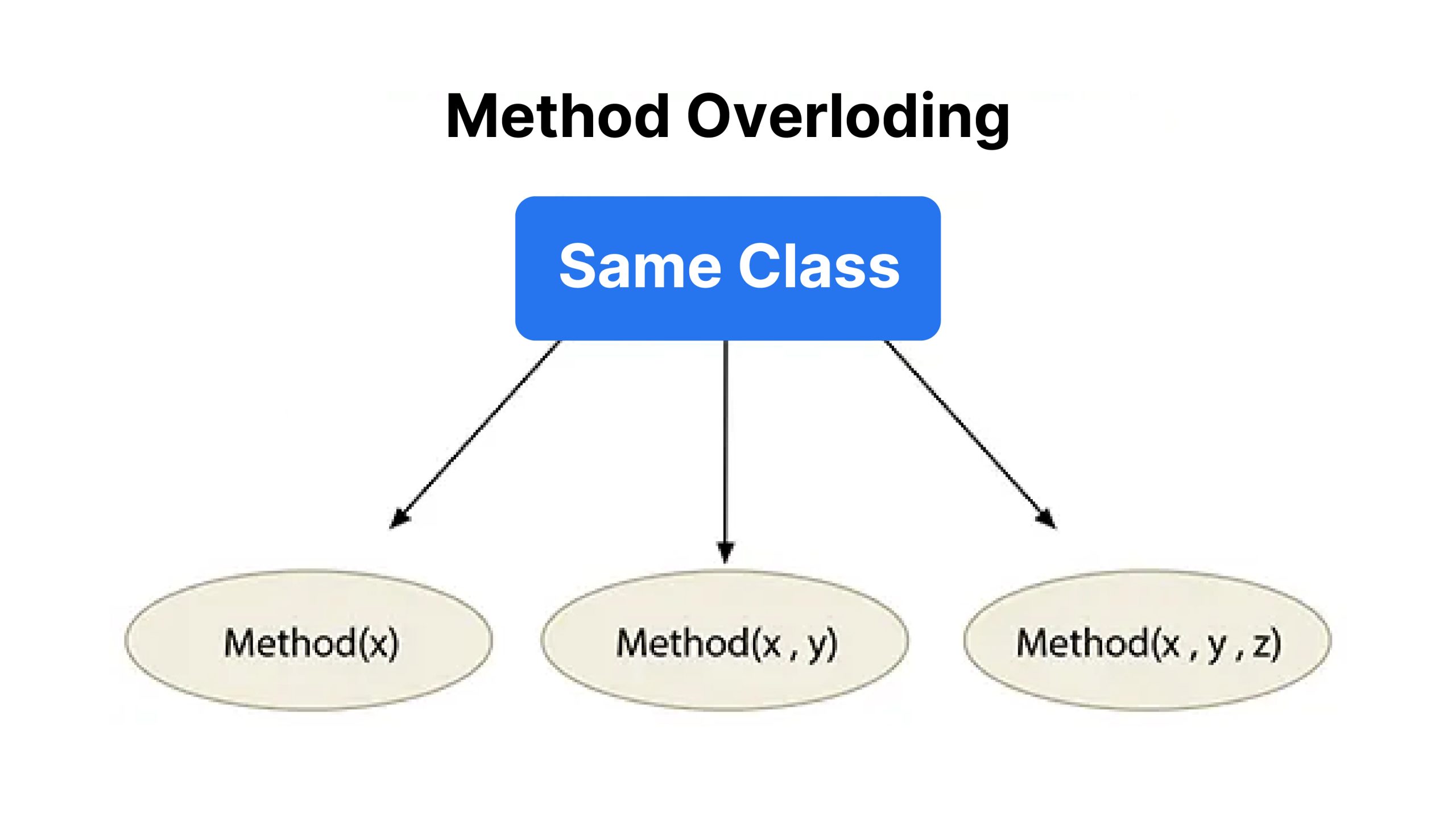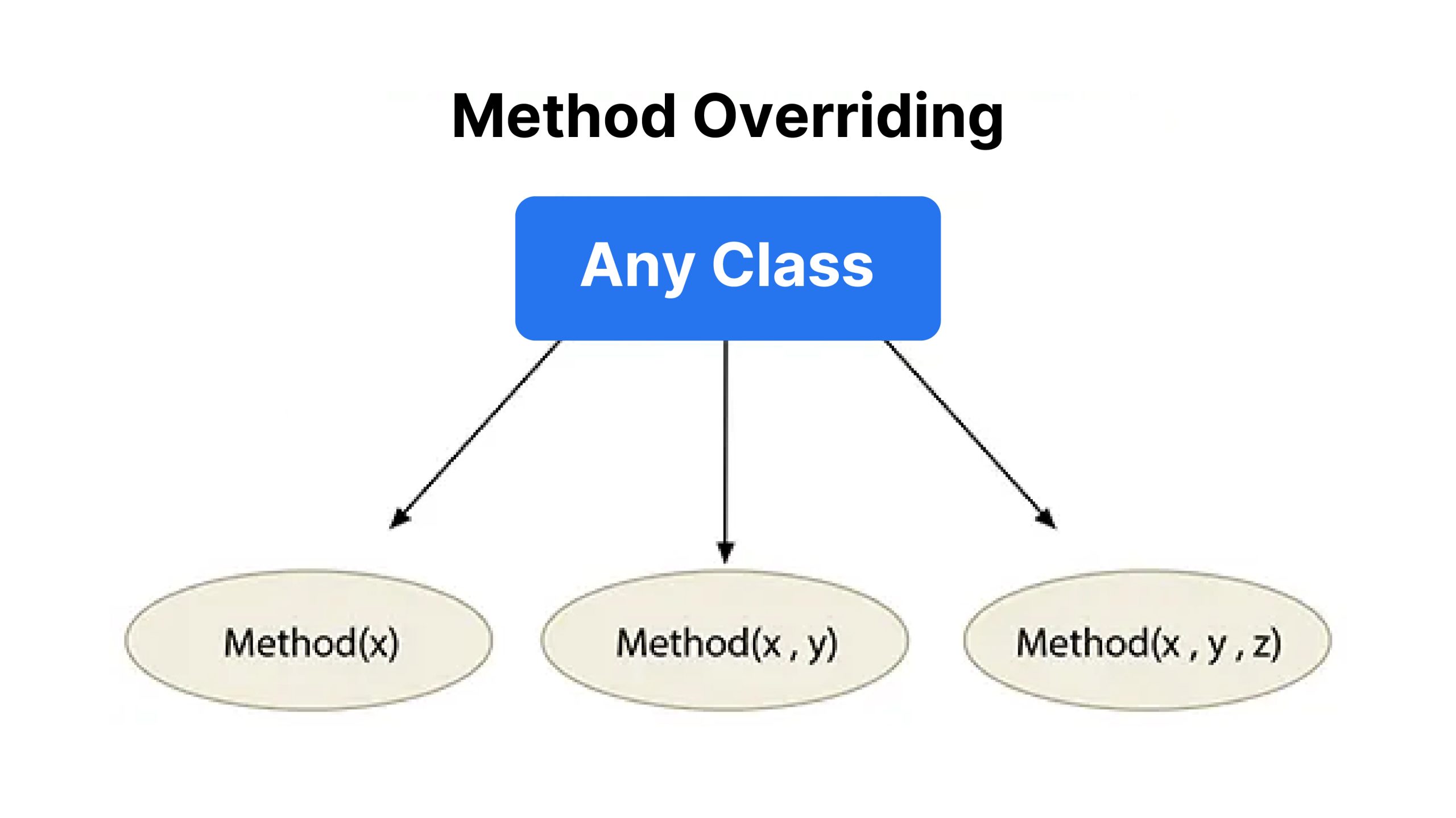Introduction
Method overloading and method overriding are two fundamental concepts in object-oriented programming (OOP) you must know. They can greatly enhance the flexibility and functionality of your code, especially in fields like data science and artificial intelligence, which require efficient and maintainable code. Although these two terms might sound similar, their underlying mechanisms are significantly different. They even have very different use cases. In this article, we will learn what method overloading and overriding are, while understanding their differences and exploring their applications.
New to OOP? Here’s a beginner-level article to get you started with the basics: Object-Oriented Programming in Python For Absolute Beginners

Overview
- Understand what method overloading and method overriding are.
- Know the syntax and implementation of each of them.
- Know the benefits and practical applications of both.
- Learn the key differences between method overloading and overriding.
Table of Contents
What is Method Overloading?
Method overloading, also known as compile-time polymorphism, is a feature in OOP that allows a class to have multiple methods with the same name but different parameters. The compiler differentiates these methods based on the number, type, and order of parameters. This allows you to perform similar actions through a single method name, which improves the readability and reusability of your code.
Method overloading is pretty straightforward in most programming languages like Java and C++. Python, however, does not support it in the same way. In Python, you can define methods with the same name, but the last method defined will overwrite the previous ones. Instead, Python uses default arguments, variable-length arguments, and keyword arguments to achieve similar functionality.

Examples
Here’s an example of method overloading in Java:
class MathOperations {
// Method to add two integers
int add(int a, int b) {
return a + b;
}
// Overloaded method to add three integers
int add(int a, int b, int c) {
return a + b + c;
}
// Overloaded method to add two doubles
double add(double a, double b) {
return a + b;
}
}In this example, the add method is overloaded with different parameter lists. The appropriate method is invoked based on the arguments passed during the method call.
Here’s another example of method overloading using default arguments:
class Calculator:
def add(self, a, b=0, c=0):
return a + b + c
# Creating an instance of a Calculator
calc = Calculator()
# Calling the overloaded add method
print(calc.add(1))
print(calc.add(1, 2))
print(calc.add(1, 2, 3))Output:
1
3
6
In this example, the `add` method is overloaded to handle one, two, or three arguments.
Benefits of Method Overloading
- Code Readability: Using the same method name for similar operations makes the code more intuitive and easier to understand.
- Reusability: Overloaded methods can perform different tasks without the need for unique method names. This reduces code redundancy.
- Flexibility: Developers can add new functionality by introducing new overloaded methods without affecting the existing code.
Practical Applications of Method Overloading
- Mathematical Libraries: To perform operations on different data types such as integers, floats, etc.
- String Manipulation Libraries: To handle various forms of input data such as substrings, character arrays, etc.
- Utility Functions: For general utility methods that need to handle various data types.
- Constructor Overloading: To instantiate objects in different ways based on the provided parameters.
What is Method Overriding?
Method overriding, also known as runtime polymorphism, is a feature in OOP that allows a subclass to provide a specific implementation of a method already defined in its superclass. This is required for polymorphism, or dynamic method dispatch, where the method to be executed is determined at runtime based on the object’s type. In this case, the overriding method in the subclass should have the same name, return type, and parameter list as the method in the superclass.

Examples
Here’s an example of overriding in Python:
class Parent:
def show(self):
print("This is the parent class")
class Child(Parent):
def show(self):
print("This is the child class")In this case, the show method in the Child class overrides the show method in the Parent class.
Here’s another example that shows method overriding using the Super() function:
class Parent:
def show(self):
print("Parent Class")
class Child(Parent):
def show(self):
print("Child Class")
super().show() # Calling the parent class method
# Creating an instance of Child
child = Child()
# Calling the overridden method
child.show()Output:
Child Class
Parent Class
In this example, the `show` method in the `Child` class overrides the method in the `Parent` class. The `super()` function is used to call the method from the parent class within the overridden method.
Benefits of Method Overriding
- Dynamic Polymorphism: Provides flexibility by enabling the selection of the appropriate method at runtime.
- Extensibility: Allows subclasses to extend or modify the functionality of a superclass method.
- Code Maintainability: Allows subclasses to provide specific implementations while reusing the interface defined by the superclass.
- Inheritance Utilization: Promotes the use of inheritance by allowing subclasses to refine or replace the behavior of superclass methods.
- Reusability: Inherits methods from the superclass and modifies them only when necessary.
Practical Applications of Method Overriding
- Custom Behavior: To tailor a superclass method to meet the specific needs of a subclass.
- Framework Development: To extend or modify base framework classes and customize the behavior of pre-defined methods.
- GUI Libraries: To handle user interactions differently in various components.
- API Design: To provide default implementations in base classes and allow overrides in subclasses for specific behaviors.
- Design Patterns: To override the steps of an algorithm by subclasses in patterns like the Template Method pattern.
Key Differences Between Method Overloading and Overriding
| Feature | Method Overloading | Method Overriding |
| Definition | Multiple methods with the same name but different parameter lists. | A subclass provides a specific implementation of a method defined in the superclass. |
| Binding Time | Compile-time | Runtime |
| Parameters | Must differ in number, type, or order | Must be the same |
| Return Type | Can be different | Must be the same |
| Inheritance | Not required | Required |
| Purpose | To perform similar tasks with different inputs | To provide a specific implementation for a superclass method |
Conclusion
It is important to know how to use method overloading and overriding for writing efficient and maintainable object-oriented code. Method overloading enhances code readability and reusability by allowing similar operations through a single method name. Meanwhile, method overriding enables dynamic polymorphism, allowing subclasses to customize or replace the behavior of superclass methods.
These concepts will help you expand functionalities and create flexible, reusable code structures. They are really useful in complex fields like data science and artificial intelligence. By learning these techniques, you can enhance your programming skills and produce more maintainable, scalable, and adaptable software solutions.
Frequently Asked Questions
A. While Python doesn’t support traditional method overloading, you can achieve similar behavior using default arguments or variable-length argument lists.
A. Method overriding allows a subclass to provide a specific implementation for a method already defined in its superclass.
A. No, method overloading is not considered polymorphism. Method overriding, however, is.
A. Although Python does not support method overloading in the traditional sense, you can simulate it using default arguments or by handling different numbers of arguments manually.
A. A common example of method overriding is a graphical user interface framework where a base class has a draw method, and different subclasses like Circle, Rectangle, and Triangle override this method to draw specific shapes.





